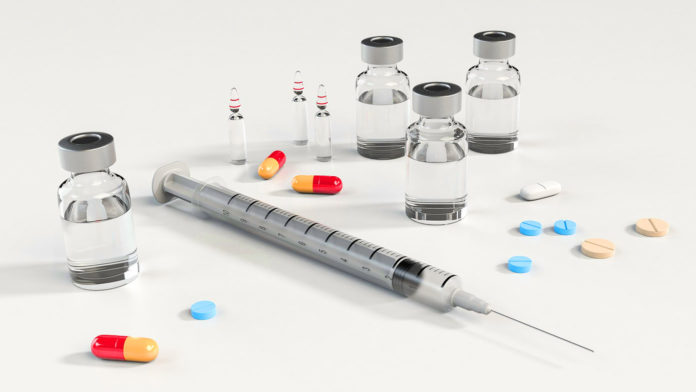Vaccines have had a profound and global impact on the prevention of communicable diseases. While they are a powerful tool, they are mainly given as a liquid by injection. As a result, vaccines need to be kept refrigerated, meaning higher cost and complex infrastructure for their storage and transport. They also have to be administered by a trained professional.
If it were possible to repackage vaccines to be given orally, as a solid lozenge or pill, this would be a game changer. Vaccines could be safely shipped anywhere in the world by mail. They would be stable at room temperature, and they would be easy for anybody to take remotely and without supervision. The cost of vaccination would drop. And all of it could be done without needles.
But to get there, researchers at the University of Alberta Ingenuity lab are working to clear a very important hurdle: the stomach. To digest proteins, the stomach is filled with acid, and this acidic environment completely destroys vaccines and makes them ineffective.
To get around this, the research team developed a way to package vaccines inside smart microcapsules with pores that stay closed in the acidic stomach environment. The pores only open once the microcapsules leave the stomach and enter the colon, where the pH becomes more neutral.
Here, the vaccine is stable, and the immune cells in the gut get to work creating the antibodies that provide immunity to disease. This method even provides an extra layer of mucosal immunity, further protecting surfaces of the body that, like the gut, are exposed to the environment.
The team is working on an oral influenza vaccine as a proof of concept, and are applying it in vivo in mice before hopefully moving on to test their vaccine in humans.
The material used to make the microcapsules is FDA approved and can also be used for a host of other applications. Besides vaccines, they could also be used to orally deliver genes, proteins, and macromolecular drugs.
The ability to give patients drugs orally opens the door to more accessible healthcare worldwide, especially to disadvantaged and remote communities. And that’s an easy pill to swallow.








































